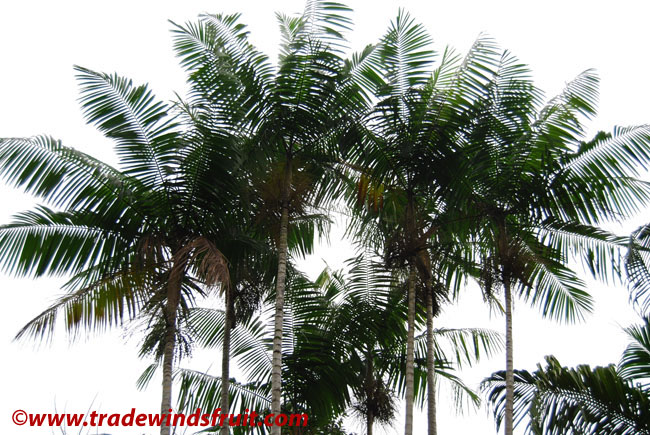Family give example of how producers can survive without threatening the environment
The state of Pará is the largest producer of açaí in Brazil, according to data from the Brazilian Agricultural Research Corporation - EMBRAPA.
Much of this production is familiar, where small producers participate in all stages of the chain from collection to storage or marketing of fresh fruit.
The small producer José Almeida explains how the work is done in the extractive reserve Terra Grande Pracauúba, in the surroundings of the municipality of São Sebastião da Boa Vista, Pará state.
"The winter is, for us, the time of harvest, then we go to the bush, we climbed in "açaizal" and we reap the fruit bunches".
Later, the fruit is washed and stored in large baskets, produced by the women who live in the community, or else the pulp is made for subsequent marketing.
However, much of the production of the protected area is disposed of in natura, even for large buyers in Santarém and Belém, and there is frozen and sent to other cities in Brazil and abroad.
José Almeida, beneficiary of the Family allowance program and living of sustainable production of ACAI, was located by the Program "Mutirão Bolsa Verde" (Green Bag Chain) to be explored also the beneficiary of the initiative, which pays with R$ 300, paid every three months, families who live in conservation areas. "This money is very important for us, because during the summer there is no harvest of acai berry, which is developing", he says.
Much of this production is familiar, where small producers participate in all stages of the chain from collection to storage or marketing of fresh fruit.
The small producer José Almeida explains how the work is done in the extractive reserve Terra Grande Pracauúba, in the surroundings of the municipality of São Sebastião da Boa Vista, Pará state.
"The winter is, for us, the time of harvest, then we go to the bush, we climbed in "açaizal" and we reap the fruit bunches".
Later, the fruit is washed and stored in large baskets, produced by the women who live in the community, or else the pulp is made for subsequent marketing.
However, much of the production of the protected area is disposed of in natura, even for large buyers in Santarém and Belém, and there is frozen and sent to other cities in Brazil and abroad.
José Almeida, beneficiary of the Family allowance program and living of sustainable production of ACAI, was located by the Program "Mutirão Bolsa Verde" (Green Bag Chain) to be explored also the beneficiary of the initiative, which pays with R$ 300, paid every three months, families who live in conservation areas. "This money is very important for us, because during the summer there is no harvest of acai berry, which is developing", he says.

ACAI PALM
Euterpe oleracea
a.k.a. Assai Palm
A tall slender palm bearing edible, 1" across, purple-black fruits in
huge numbers. The fruits have a unique, sweetish flavor and along with becoming popular in recent years for commercial beverages, they also have a number of health benefits currently under investigation
[From the wikipedia]:
A powdered preparation of freeze-dried açaí fruit pulp and skin was reported to contain (per 100 g of dry powder) 533.9 calories, 52.2 g carbohydrates, 8.1 g protein, and 32.5 g total fat. The carbohydrate portion included 44.2 g of dietary fiber and low sugar value (pulp is not sweet).
Marketers of these products make unfounded claims that açaí and its antioxidant qualities provide a variety of health benefits, none of which has scientific confirmation to date.
A comparative analysis from in vitro studies reported that açaí has intermediate polyphenol content and antioxidant potency among 11 varieties of frozen juice pulps, scoring lower than acerola, mango, strawberry, and grapes.
[More information on http://en.m.wikipedia.org/wiki/A%C3%A7a%C3%AD_palm]
A powdered preparation of freeze-dried açaí fruit pulp and skin was reported to contain (per 100 g of dry powder) 533.9 calories, 52.2 g carbohydrates, 8.1 g protein, and 32.5 g total fat. The carbohydrate portion included 44.2 g of dietary fiber and low sugar value (pulp is not sweet).
Marketers of these products make unfounded claims that açaí and its antioxidant qualities provide a variety of health benefits, none of which has scientific confirmation to date.
A comparative analysis from in vitro studies reported that açaí has intermediate polyphenol content and antioxidant potency among 11 varieties of frozen juice pulps, scoring lower than acerola, mango, strawberry, and grapes.
[More information on http://en.m.wikipedia.org/wiki/A%C3%A7a%C3%AD_palm]


Nenhum comentário:
Postar um comentário